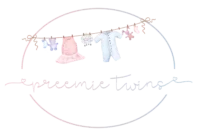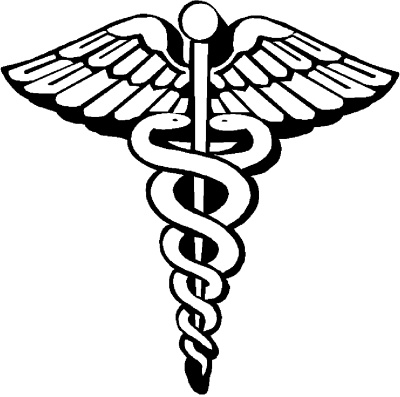Disclosure: This post may contain affiliate links, meaning we get a commission if you decide to make a purchase through our links, at no cost to you. Please read our disclosure for more info.
It’s scary when your baby has difficulty breathing, and this symptom could be an indication of asthma. Asthma is one of the most common chronic childhood illnesses; the exact cause of asthma in children is unknown. However, working with a pediatrician, recognizing asthma triggers and educating yourself about the disease can help you improve your child’s quality of life.
Asthma Risk Factors
According to the National Heart, Lung and Blood Institute, researchers believe that environmental factors and genetics play key roles in the development of asthma in infants and children. The following can also make an infant or child more predisposed to the condition:
Gender. Boys are two times more likely to develop asthma than girls among younger children.
Genetics. A child is more predisposed to asthma and similar allergic triggers if a parent has the condition.
Allergies and illnesses. Allergic reactions, environmental factors (such as air pollution) and viral infections during the early stages of life, while the immune system is still developing, may cause a child to develop asthma. According to clinical guidelines, exposure to allergens created by cat dander, cockroaches and dust mites may trigger asthma symptoms.
Prenatal and pregnancy factors. Infants who were born prematurely or with low birth weights are at a higher risk for asthma and other lung problems. Complications during a pregnancy, specifically those regarding uterine problems in the mother, may also increase a child’s risk for developing asthma. Smoking during pregnancy as well as exposure to secondhand smoke during this time may make an infant more likely to develop asthma.
Asthma Symptoms Children and Infants May Present
If an infant or child seems to suddenly develop asthma-like symptoms, it’s important to consider the inhalation of a foreign object or food, as well as a viral or bacterial infection. Remember that the following symptoms aren’t always an indication of asthma, and that those with asthma may develop symptoms not listed.
Common signs of asthma in a baby or toddler include:
- Noisy breathing or wheezing when your child does not have a cold or other infection
- Decreased respiration rates
- Frequent coughing
- Frequent respiratory infections
- Shortness of breath
- Difficulty sleeping
- Sneezing
- Runny or stuffy nose
Diagnosing Asthma in Children
As soon as you notice breathing abnormalities or asthma symptoms in your infant or toddler, schedule an appointment with a pediatrician. During your visit, the physician will do the following to determine if your child has asthma:
- Ask you about your child’s symptoms.
- Inquire about the family history of allergies and asthma.
- If either you or the other parent has asthma, the doctor may ask you about your own asthma triggers and symptoms.
- Conduct a physical exam that involves listening to your child’s lungs and looking for signs of asthma.
- If the child is old enough, perform a lung function test, or spirometry, which measures a child’s breaths.
- Order chest x-rays.
- Perform blood and/or skin tests for allergies.
After the Diagnosis: Tips for Parents
If your child is diagnosed with a chronic illness such as asthma, education about the disease and its triggers can go a long way. With your pediatrician’s help, develop an asthma action plan that outlines what to do when your child develops any type of asthma symptoms – mild to severe. By understanding your child’s asthma triggers, you can take action to minimize them. When your child is old enough to understand this condition, empower him or her with asthma education for kids.
Asthma affects the whole family. By being aware of the signs and symptoms, continually educating yourself about asthma, partnering with your child’s physicians and teaching your little one age-appropriate self-management techniques, you can successfully help your child manage this chronic disease.
Guest post courtesy of Lungtropolis®, an interactive web-based learning game created to help children ages 5-10 control their asthma. The site incorporates a resource for parents featuring comprehensive tips regarding asthma in children.

